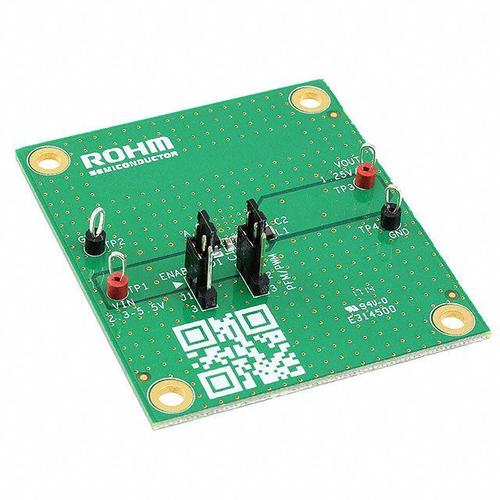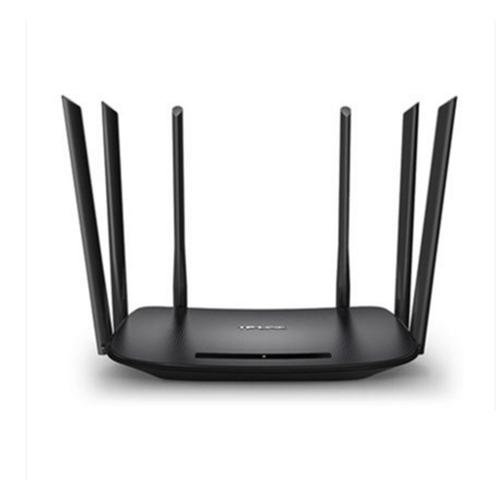Om AC: A Comprehensive Guide to Understanding Alternating Current
Alternating Current (AC) is a fundamental concept in the field of electricity and electronics. It plays a crucial role in the transmission and distribution of electrical power across the globe. In this article, we will delve into the intricacies of AC, exploring its definition, characteristics, applications, and the technology behind it.
What is Alternating Current?
Alternating Current is an electric current that periodically reverses its direction. Unlike Direct Current (DC), which flows in one direction, AC changes its direction at regular intervals. This characteristic makes AC more suitable for long-distance transmission of electrical power.

AC is characterized by its frequency and voltage. Frequency refers to the number of times the current changes direction per second, measured in Hertz (Hz). Voltage, on the other hand, represents the electrical potential difference between two points in a circuit, measured in Volts (V).
Characteristics of Alternating Current
Here are some key characteristics of AC:
-
Reversal of Direction: As mentioned earlier, AC changes its direction periodically, which is essential for efficient power transmission.
-
Peak Value: The maximum value of the AC waveform is known as the peak value. It is important for determining the voltage and current ratings of electrical equipment.

-
RMS Value: The Root Mean Square (RMS) value of AC is a measure of its effective value. It is used to compare AC and DC voltages and currents.
-
Phase: AC is represented by a sine wave, and the phase angle indicates the position of the waveform at a given time.
Applications of Alternating Current
AC is widely used in various applications, including:
-
Power Transmission: AC is the primary method for transmitting electrical power over long distances. High-voltage AC transmission lines minimize power losses during transmission.
-
Electricity Generation: AC generators are used to produce electricity in power plants. These generators convert mechanical energy into electrical energy in the form of AC.
-
Home Appliances: Most household appliances, such as refrigerators, washing machines, and air conditioners, operate on AC power.
-
Industrial Equipment: AC is used in various industrial applications, such as motor drives, transformers, and power supplies.
AC Technology
The technology behind AC involves several key components:
-
Generators: AC generators produce electrical power by rotating a coil within a magnetic field. This process induces an electromotive force (EMF) in the coil, resulting in the generation of AC.
-
Transformers: Transformers are used to step up or step down the voltage of AC power. This is essential for efficient power transmission and distribution.
-
Transmission Lines: Transmission lines are used to carry AC power over long distances. They are designed to minimize power losses and ensure safe and reliable transmission.
-
Electric Motors: Electric motors convert AC power into mechanical energy. They are used in various applications, such as industrial machinery, pumps, and fans.
Table: Key Components of AC Technology
| Component | Description |
|---|---|
| Generators | Produce electrical power by rotating a coil within a magnetic field. |
| Transformers | Step up or step down the voltage of AC power. |
| Transmission Lines | Carry AC power over long distances. |
| Electric Motors | Convert AC power into mechanical energy. |
Conclusion
Alternating Current is a fundamental concept in the field of electricity and electronics. Its ability to change direction periodically makes it suitable for long-distance transmission of electrical power. Understanding the characteristics, applications, and technology behind AC is essential for anyone interested in the field of electricity and electronics.



